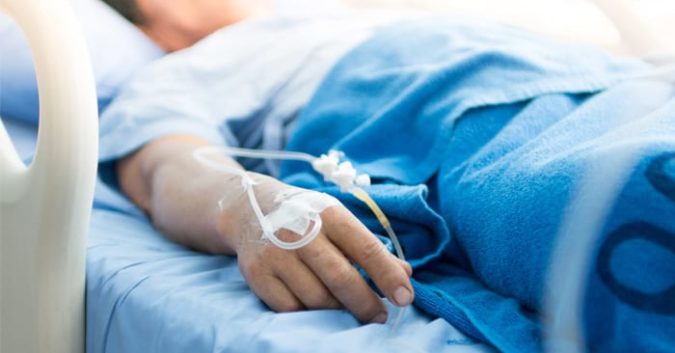Everyone knows somebody who avoids seeing the doctor because they might be sick. At the same time, numerous studies have shown that hospital care doesn’t always make someone healthier. While statistics have varied, research suggests medical errors may cause up to 440,000 deaths every year, making it the third leading cause of death in the United States. Evidently, our medical system is in need of a checkup.
A recent study conducted by Coverys, an insurance company that provides coverage for medical liability claims, examined the range of causes for medical error. The company studied over 10,000 cases from 2013-2017, and found that one-third of claims were due to problems with the health care providers’ understanding of a patient’s family and medical history. Since they didn’t fully grasp these details, care providers sometimes neglected to perform tests for hereditary diseases and other conditions.
Slightly over half the errors, 52 percent, were caused by problems with lab testing, such as failure to not detect cancer in early stages. While there may have been errors in how the tests were administered, how samples were gathered, or how results were interpreted, any problem could still have dire consequences. Not all mistakes can be avoided, yet hospitals and health care providers can enact certain policies to minimize that possibility.
The following are guidelines care providers should follow, and patients and their families should know, to make sure our healthcare system not only improves, but stays in shape:
Making a List, Checking It Twice
When conducting initial examinations of patients, healthcare providers need checklists to gather family history, medical history, and other personal information. Many medical errors are due to details being omitted by the patient or care provider, so this data should also be regularly updated.
Label, Label, Label
Care providers need to make sure that samples collected from patients are labeled with more than 2 ways to link the data back to the patient. In case any information is lost or the print becomes smeared, it isn’t fun to be diagnosed with someone else’s bladder infection.
Assorted Allergies and Other Alerts
All doctors and other care providers should know about patient allergies to foods, drugs, and chronic health problems or diseases. Doctors should also ask about reactions to previous drugs, so they do not prescribe a similar medication.
Taking Notes
Health care providers must record everything that is done for a patient in terms of their inpatient care, especially how much and when drugs are given. In busy hospitals it can be easy to forget to note these details, so hospitals need to develop charting systems that make this process simpler and faster for nurses to complete.
Drug Dealings
Care providers must also watch patients carefully, and report symptoms to a new drug. It can be too easy to miss side effects or other reactions that could prove dangerous. Nurses must also consult with physicians when the prescribed amount of a drug seems wrong. In some cases, decimal points have been omitted or put in the wrong place, resulting in a catastrophic over or under-dosage. When in doubt, it is best to double-check and make sure the measurements are correct.
Points for Penmanship
While cursive may have been drilled into our heads in elementary school, it is important that care providers use print on charts and prescriptions to make sure words are legible. Care providers should also only use abbreviations if they have been approved by the hospital, so others caring for that patient aren’t left asking WTF?
Patient Education 101
Many care providers are often overseeing a single patient. This network makes it even more important for all physicians to be aware of the prescription drugs and other medications that the patient is taking, including vitamins and other supplements that may have adverse reactions to some drugs.
The Buddy System
Both healthcare providers and patients should make sure a friend or family member is with the patient in the hospital when they are receiving important information. Such instances also include when health care providers are explaining instructions for care once the patient leaves the hospital. Two heads are better than one, so having someone else who knows the patient’s medical and family history, and can let healthcare providers know about potential problems, may prove invaluable.
The diagnosis is clear: often it’s tiny mistakes – missed pieces of information or notes that should have been made – that can have the biggest impact on a patient’s care. By implementing systems that assure healthcare providers are collecting and recording all of the details, hospital can make sure that their own mechanisms for giving care will provide maximum benefits, and do no harm.
